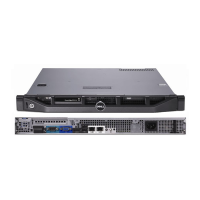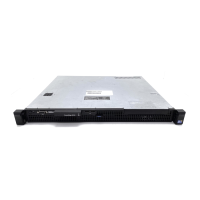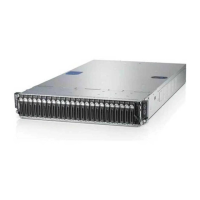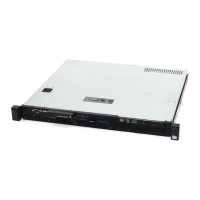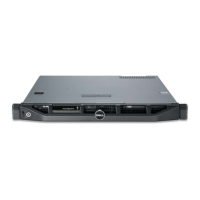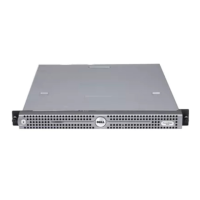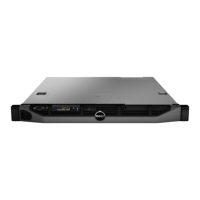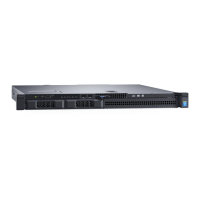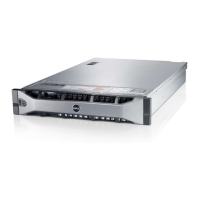Dell PowerEdge R210 II Technical Guide 34
8.11 USB Interface
The C200 Series chipset contains up to two Enhanced Host Controller Interface (EHCI) host controllers
that support USB high-speed signaling. High-speed USB 2.0 allows data transfers up to 480 Mb/s
which is 40 times faster than full-speed USB. The chipset also contains up to seven Universal Host
Controller Interface (UHCI) controllers that support USB full-speed and low-speed signaling.
The chipset supports up to fourteen USB 2.0 ports. All fourteen ports are high-speed, full-speed, and
low-speed capable. The port-routing logic determines whether a USB port is controlled by one of the
UHCI or EHCI controllers.
8.12 Real-Time Clock (RTC)
The Real Time Clock (RTC) module provides a battery backed-up date and time keeping device with
two banks of static RAM with 128 bytes each, although the first bank has 114 bytes for general
purpose usage. Three interrupt features are available: time of day alarm with once a second to once
a month range, periodic rates of 122 μs to 500 ms, and end of update cycle notification. Seconds,
minutes, hours, days, day of week, month, and year are counted. Daylight savings compensation is no
longer supported. The hour is represented in twelve or twenty-four hour format, and data can be
represented in BCD or binary format. The design is functionally compatible with the Motorola
MS146818B. The time keeping comes from a 32.768 kHz oscillating source, which is divided to
achieve an update every second. The lower 14 bytes on the lower RAM block has very specific
functions. The first ten are for time and date information. The next four (0Ah to 0Dh) are registers,
which configure and report RTC functions.
8.13 GPIO
Various general purpose inputs and outputs are provided for custom system design. The number of
inputs and outputs varies depending on C200 series configuration.
8.14 Enhanced Power Management
The C200 series power management functions include enhanced clock control and various low-power
(suspend) states (for example, Suspend-to-RAM and Suspend-to-Disk). A hardware-based thermal
management circuit permits software-independent entrance to low-power states. The chipset
contains full support for the Advanced Configuration and Power Interface (ACPI) Specification,
Revision 3.0a.
8.15 System Management Features
In addition to Intel AMT, the C200 series chipset integrates several functions designed to manage the
system and lower the total cost of ownership (TCO) of the system. These system management
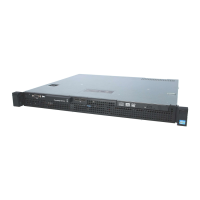
